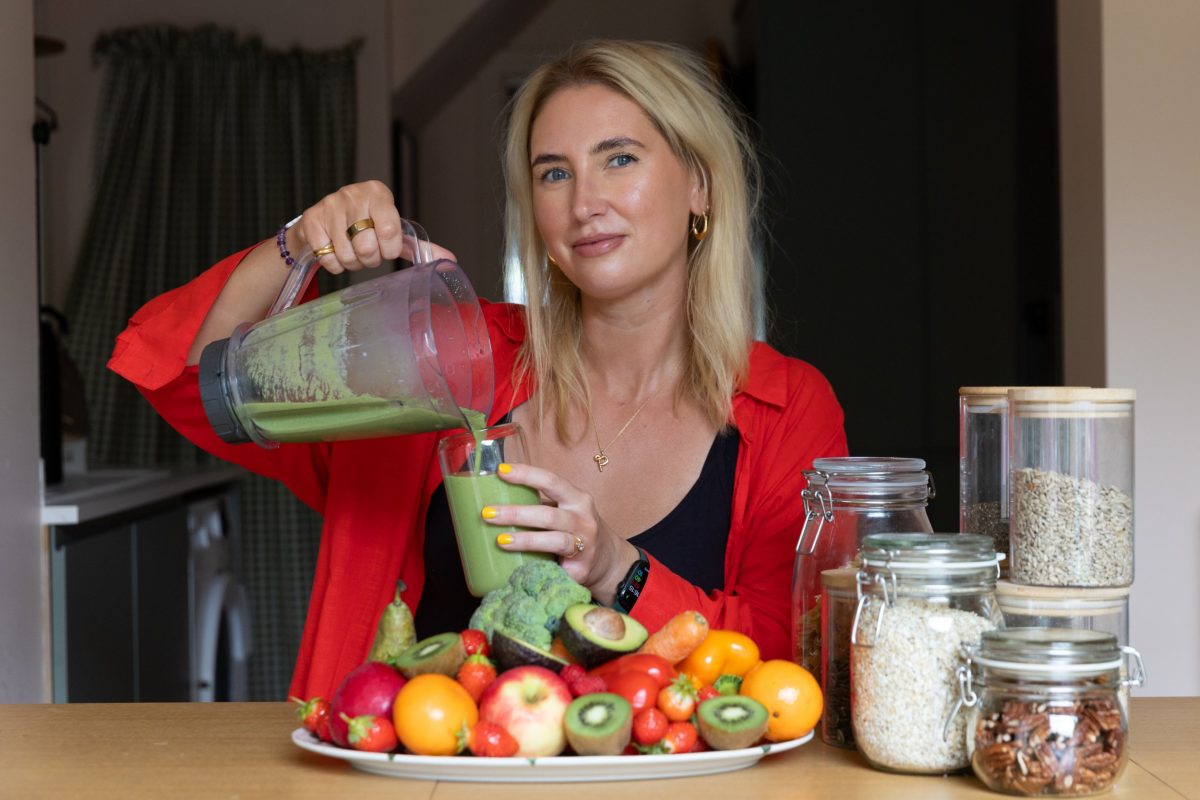Understanding the Fibermaxxing Trend
TikTok, known for its vibrant and often unconventional content, has recently sparked a trend that nutritionists are beginning to support: ‘fibermaxxing.’ This trend is all about maximizing fibre intake by incorporating high-fibre foods into meals and snacks. The goal is to meet or exceed the recommended daily guidelines for fibre, which is essential for overall health.
Fibermaxxing involves starting the day with chia pudding topped with berries, fruits, nuts, and shredded coconut. These combinations are not only delicious but also packed with fibre. Colorful salad bowls, lentil and bean recipes, and plates filled with avocado, broccoli, and sweet potatoes with their skins on are becoming increasingly popular.
While many people focus on protein intake, experts like nutritionist Emma Bardwell emphasize that fibre should not be overlooked. According to her, most people, particularly in the UK, do not meet the recommended 30g of fibre per day. This lack of fibre can lead to various health issues, including digestive problems and increased risk of chronic diseases.
The Importance of Fibre
Fibre plays a crucial role in maintaining digestive health, preventing constipation, and keeping you regular. However, its benefits extend beyond digestion. According to specialist dietitian Nichola Ludlam-Raine, a high-fibre diet is linked to reduced risks of heart disease, type 2 diabetes, and bowel cancer. It also helps improve cholesterol and blood pressure levels.
Fibre supports a healthy gut microbiome by feeding the bacteria in the large intestine. These bacteria break down fibres into beneficial compounds called short-chain fatty acids (SCFAs), which influence various systems in the body, including immunity, hormones, mood, and metabolic health.
Bardwell suggests focusing on ‘fibre stacking,’ which involves adding small amounts of fibre throughout the day. For example, adding one tablespoon of chia seeds, a large pear, or a medium avocado can significantly boost fibre intake.
Benefits of Increasing Fibre Intake
Increasing fibre intake can have numerous benefits, especially as you age. Studies show that the gut microbiome changes and declines from midlife onwards, making fibre even more important. Fibre can help repair the gut lining and reduce inflammation, which is vital for overall health.
Fibre also plays a role in weight management. High-fibre foods are more filling and take longer to eat and digest, helping control appetite and reduce calorie intake. Additionally, fibre slows glucose release into the bloodstream, stabilizing blood sugar levels and reducing cravings.
Practical Tips for Fibermaxxing
To start your fibremaxxing journey, consider incorporating high-fibre breakfasts. A mixed berry chia pot, for instance, contains over 11g of fibre and 30.5g of protein. Prepare it by mixing chia seeds with milk and leaving it in the fridge overnight. Adding oats, Greek yoghurt, dates, berries, and nuts can enhance both flavour and fibre content.
Registered dietitian Catherine Rabess recommends adding roasted peppers, artichokes, and mixed grains to salads to boost fibre intake. She also suggests using mixed seeds as a topping for meals, similar to how salt and pepper are used.
Swapping half of the meat in mincemeat dishes with lentils is another effective strategy. This approach is economical and can be applied to various recipes, such as spaghetti bolognese.
Snacks and Smoothies
Fibrous snacks like carrot batons with hummus, apple slices with peanut butter, or handfuls of prunes, nuts, or popcorn can keep you full throughout the day. Adding fibre-rich ingredients to green smoothies, such as apples, pears, kale, spinach, avocado, and kiwi fruit, can significantly boost their fibre content.
Is Fibermaxxing Worth Trying?
Experts agree that increasing fibre intake is beneficial. Bardwell notes that the average person in the UK only consumes around 16-18g of fibre daily, far below the recommended amount. Ludlam-Raine emphasizes that most people don’t need to worry about consuming too much fibre, as the bigger concern is not getting enough.
She advises increasing fibre intake gradually from real food sources like oats, flaxseed, chia, fruits, and vegetables rather than relying on powders or functional fibres. Proper hydration is also essential, as fibre needs fluid to work effectively.
Personal Experience
During my fibremaxxing experiment, I noticed improvements in my energy levels and reduced cravings for sweets. Gradually increasing fibre intake helped avoid any digestive discomfort, and my bowel habits became more regular. Learning about high-fibre foods encouraged me to diversify my plant-based intake, leading to healthier meal choices.
If you’re experiencing sluggish bowel habits or frequent grazing, consciously increasing your fibre intake could make a meaningful difference. With the right approach and gradual adjustments, fibremaxxing can be a valuable addition to your diet.

